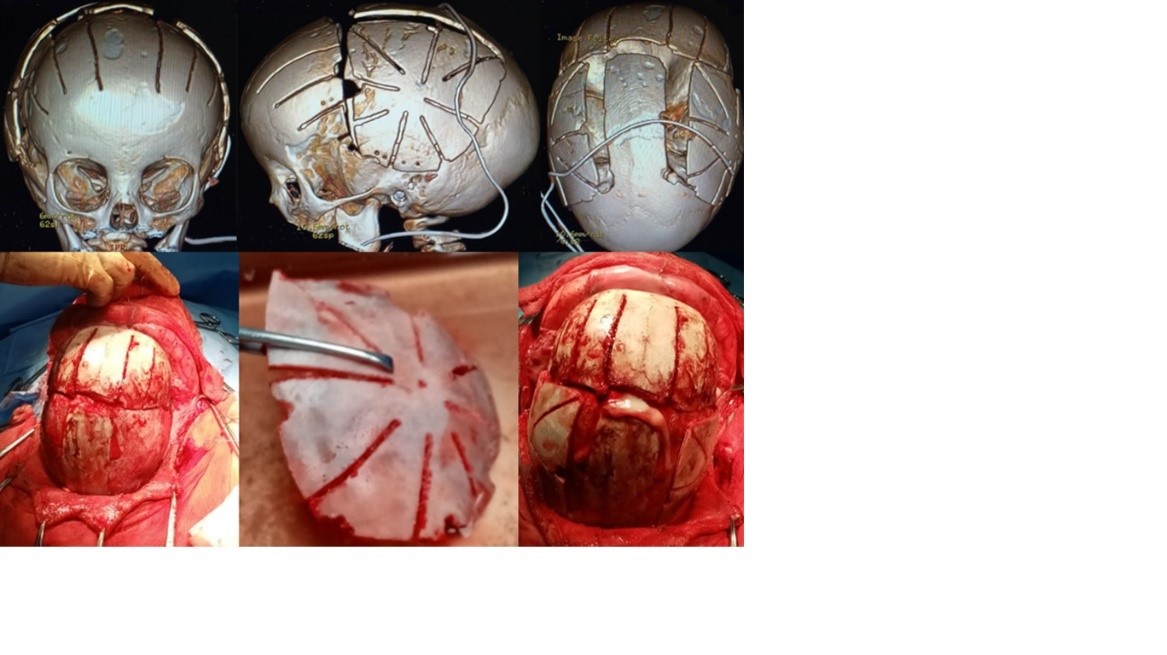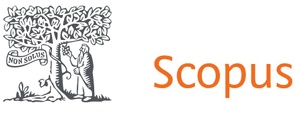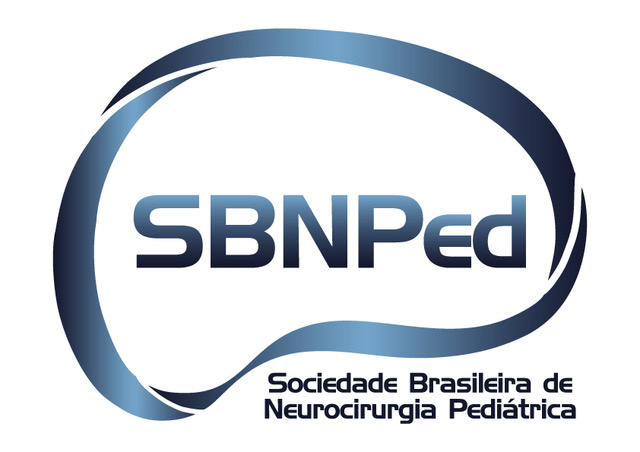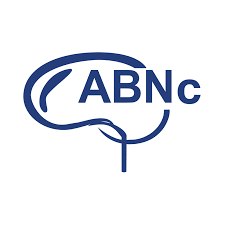Biparietal expansion with partial suturectomy of the sagittal suture and linear frontal osteotomies for the scaphocephaly correction in children over 12 months of age
DOI:
https://doi.org/10.46900/apn.v6i3.256Keywords:
Craniosynostosis, Sagittal synostosis, Nonsyndromic Scaphocephaly, NeurosurgeryAbstract
Introduction: Sagittal craniosynostosis (SC) has a prevalence of 1: 2500 live births and represents 40-60% of all craniosynostosis. The objective of this work is to share the preliminary results, with the use of the surgical technique mentioned above for the treatment of SC in children older than 12 months.
Methods: A retrospective study from April 2019 to September 2023. Four patients with a diagnosis of non-syndromic scaphocephaly were evaluated, who met the following inclusion criteria: (i) age over 12 months, (ii) CT scan with 3D reconstruction, (iii) scaphocephaly due to postoperative restenosis and (iv) patients operated on with this surgical technique.
Results: There were 2 females (50%) and 2 males (50%), with an average age of 39.25 months. All four patients had complete closure of the sagittal suture; there was no evidence of entrapment of the superior sagittal sinus by the stenosed suture. Papilledema was evaluated with the modified Frisén scale. All four patients had grade 2 bilateral papilledema preoperatively and this reversed 6 months postoperatively. The cranial index (CI) preoperatively was 64 (range 58-72) and postoperatively 72.25 (range 66-83). There was no need to reoperate on any patient and we had no complications
Conclusion: This surgical technique is presented as an option for the treatment of scaphocephaly in children older than 12 months, and in scaphocephaly due to postoperative restenosis, proving to be a reproducible and effective procedure to achieve adequate brain decompression and reach satisfactory aesthetic results.
Downloads

Downloads
Published
How to Cite
Issue
Section
Categories
License
Copyright (c) 2024 Antonio Heredia-Gutierrez, Maria Eugenia Carbarin-Carbarin, Ambar Heredia-Gutierrez

This work is licensed under a Creative Commons Attribution 4.0 International License.

When publishing in Archives of Pediatric Neurosurgery journal, authors retain the copyright of their article and agree to license their work using a Creative Commons Attribution 4.0 International Public License (CC BY 4.0), thereby accepting the terms and conditions of this license (https://creativecommons.org/licenses/by/4.0/legalcode).
The CC BY 4.0 license terms applies to both readers and the publisher and allows them to: share (copy and redistribute in any medium or format) and adapt (remix, transform, and build upon) the article for any purpose, even commercially, provided that appropriate credit is given to the authors and the journal in which the article was published.
Authors grant Archives of Pediatric Neurosurgery the right to first publish the article and identify itself as the original publisher. Under the terms of the CC BY 4.0 license, authors allow the journal to distribute the article in third party databases, as long as its original authors and citation details are identified.





























